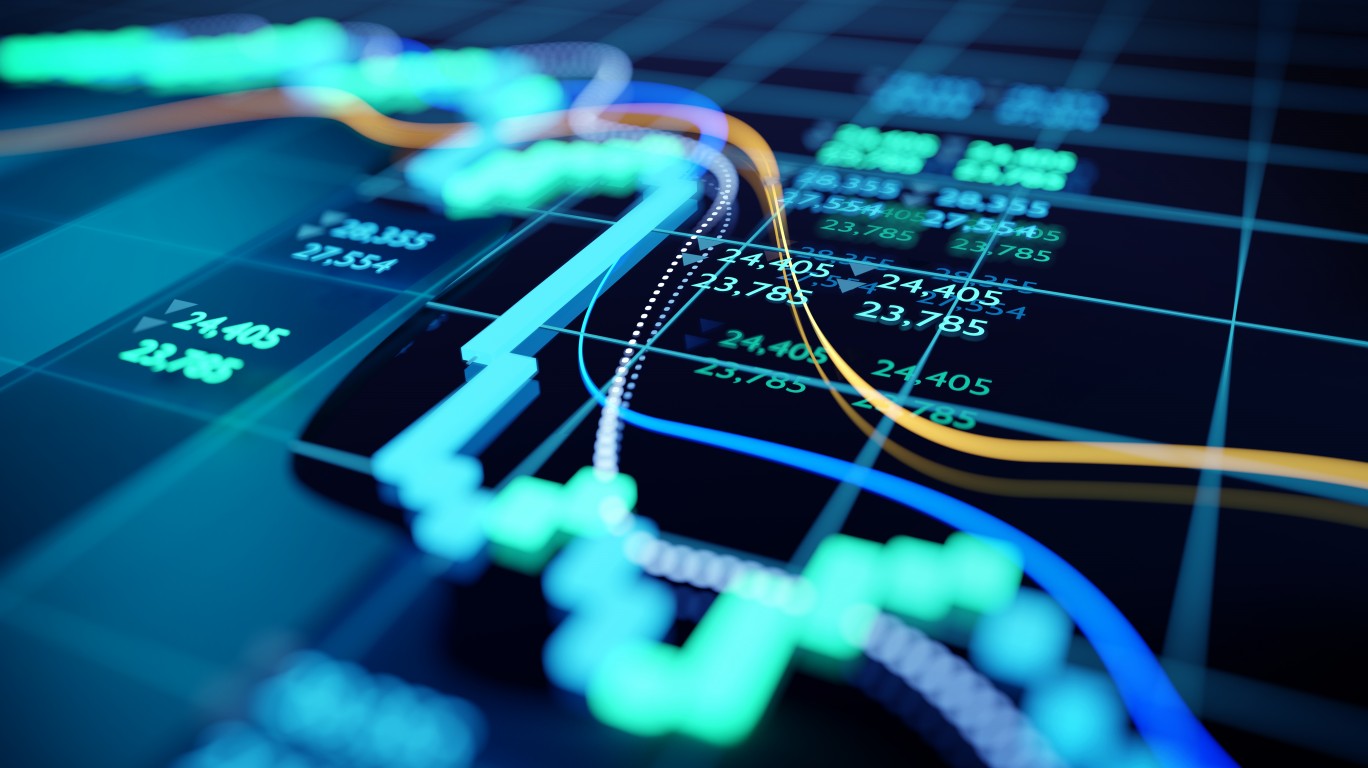
"I watched it happen. On October 19, 1987, the Dow Jones Industrial Average tumbled 508 points, which was 22.6%. It fell from 2,246.74 at the open to 1,738.74 at the close on the day known as Black Monday. Such a drop would be just shy of 11,000 points today. The market was actually worse than that when taken over two days. The Dow had dropped almost 5% the Friday before. The anxiety over the weekend between the two was terrific."
"The primary question about whether the market will drop sharply today will not be measured by the Dow. That yardstick is too narrow now. The S&P 500 is a much better metric. And, within the S&P 500, the Magnificent 7 stocks (Alphabet, Amazon, Apple, Meta Platforms, Microsoft, Nvidia, and Tesla) are 34% of the entire value of the index. There are already cracks in the valuations of the seven stocks."
On October 19, 1987 the Dow tumbled 508 points (22.6%), falling from 2,246.74 to 1,738.74 at the close, an episode known as Black Monday. The Dow had fallen almost 5% the prior Friday, producing intense weekend anxiety. Pre-crash concerns included U.S. trade deficits, rising interest rates, and M&A tax questions, but many traders judged the market broadly overvalued and panic amplified the decline. The Dow rose 67% from January 1985 to mid-1987, and a recent three-year gain near 57% echoes that surge. The S&P 500 is a better metric today; seven megacap stocks make up 34% of the index. Valuation cracks are visible in Apple (up about 2% this year lacking a high-end AI product) and Tesla (up about 9% amid CEO political controversies).
Read at 24/7 Wall St.
Unable to calculate read time
Collection
[
|
...
]